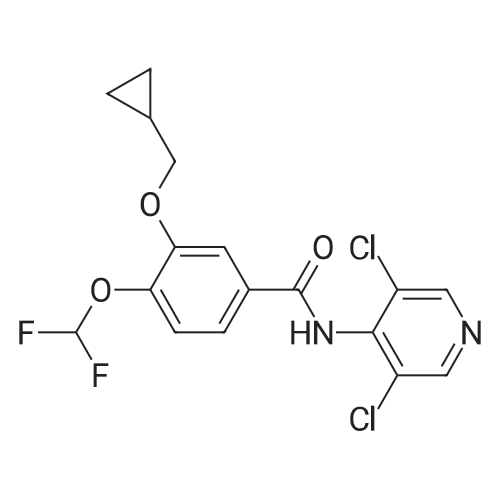More
Abstract: Fear memory retrieval is at the core of signs and symptoms of post-traumatic stress disorder (PTSD) a psychiatric disease induced by extreme life-threatening events. Short RET induces reconsolidation, which upholds the original fear memory, while long retrieval triggers extinction, inhibiting the original fear memory expression. These processes engage neural circuits involving the dorsal hippocampus (DH) and medial prefrontal cortex regions like the pre-limbic cortex (PL). Additionally, these processes activate intracellular signaling pathways, such as those involving cyclic adenosine monophosphate (cAMP). Phosphodiesterase 4 (PDE4) regulates this pathway by degrading cAMP. Inhibiting PDE4 has been suggested as a strategy to alter memory processing. However, the role of PDE4 after a short fear memory retrieval remains unknown. Advancing this knowledge may contribute to the development of novel treatments for PTSD aimed at modifying memory reconsolidation or extinction. This study aimed to evaluate whether PDE4 inhibition after a short retrieval alters the behavioral outcomes induced by retrieval. For this purpose, adult male Wistar rats were exposed to contextual fear conditioning. After a short retrieval session, the animals were treated with roflumilast (ROF; a PDE4 inhibitor) i.p. at doses of 0.01, 0.03, 0.1, or 0.3 mg/kg 5, 30 min, or 3 h after memory retrieval. After 1 and 10 days, the animals were re-exposed (3 min) to the conditioned context for Tests A1 and A2, respectively. Whereas no changes were observed during Test A1, the treatment with ROF 0.1 i.p. 5 min after retrieval significantly reduced freezing behavior in Test A2 suggesting a specific long-term effect. The expression of cAMP-response element binding (CREB), Brain-derived neurotrophic factor (BDNF), Zinc finger 268 (Zif268), or protein kinase Mζ (PKMζ) in the DH and the PL after retrieval, Test A1, and A2 were evaluated to assess the role of these proteins in memory regulation. The treatment with ROF 0.1 5 min after retrieval increased the expression of proBDNF (16 kDa) in the DH after Test A1 and reduced Zif268 expression in the PL after Test A2. To understand the role of the DH and the PL in the observed effects, ROF (9 ng/0.5 or 0.2 μL) was administered 5 min after retrieval directly into these regions. Accordingly, PDE4 inhibition (both involving PDE4B and PDE4D subtypes) in the DH significantly reduced freezing behavior in Test A2. Omitting the retrieval session or Test A1 reversed the ROF effects, indicating the effects depend on exposure to the conditioned context. Moreover, both extending the interval between retrieval and Test A1, inhibiting protein kinase A (PKA; after retrieval), or inhibiting protein synthesis (after Test A1) abolished the effects induced by ROF in the DH. The treatment with ROF in the DH induced effects sensitive to reinstatement and facilitated extinction in the day after treatment, favoring the interpretation that the effects of ROF after a short retrieval session are related to extinction but not reconsolidation. However, ROF administered directly in the PL sustained fear expression in Test A1, whereas there were no significant differences in Test A2. Therefore, it was evaluated whether ROF treatment after conditioning favors fear memory. However, treatment with 0.1 ROF i.p. impaired fear memory consolidation in weak training. To evaluate whether the same pattern of results occurred in another type of memory, the effects of ROF treatment on object recognition memory were assessed. Treatment with 0.1 ROF i.p. improved reconsolidation when administered 5 min after the retrieval and improved consolidation when administered 3 h after training. The results suggest that inhibiting PDE4 after a short retrieval induces, upon re-exposure to the conditioned context, memory extinction at a time that typically leads to reconsolidation. This effect is PKA-dependent and related to increased proBDNF in the DH. The results of this study suggest that after a short fear memory retrieval, it is possible to modify the memory fate from reconsolidation to extinction, a mechanism that involves PDE4 inhibition.

 Chemistry
Chemistry
 Pharmaceutical Intermediates
Pharmaceutical Intermediates
 Inhibitors/Agonists
Inhibitors/Agonists
 Material Science
Material Science















 For Research Only
For Research Only
 120K+ Compounds
120K+ Compounds
 Competitive Price
Competitive Price
 1-2 Day Shipping
1-2 Day Shipping



